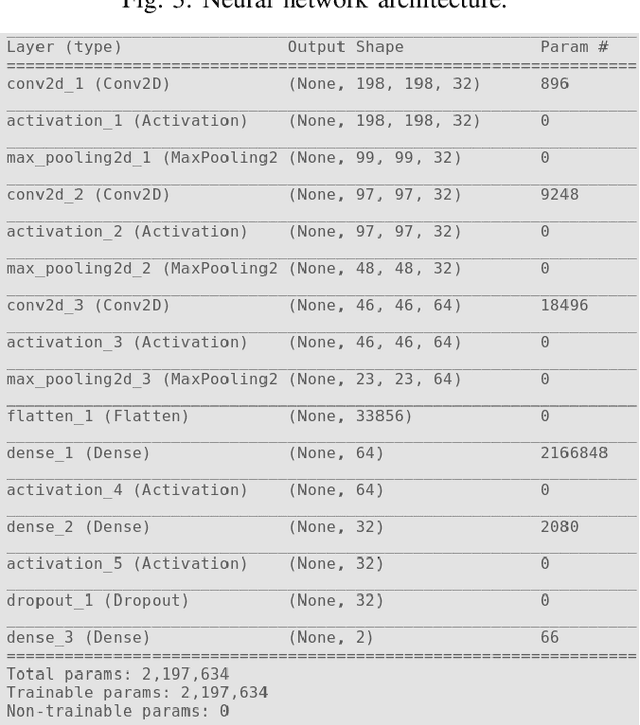Vasileios Mavroeidis
A Graph-Based Approach to Alert Contextualisation in Security Operations Centres
Sep 16, 2025



Abstract:Interpreting the massive volume of security alerts is a significant challenge in Security Operations Centres (SOCs). Effective contextualisation is important, enabling quick distinction between genuine threats and benign activity to prioritise what needs further analysis.This paper proposes a graph-based approach to enhance alert contextualisation in a SOC by aggregating alerts into graph-based alert groups, where nodes represent alerts and edges denote relationships within defined time-windows. By grouping related alerts, we enable analysis at a higher abstraction level, capturing attack steps more effectively than individual alerts. Furthermore, to show that our format is well suited for downstream machine learning methods, we employ Graph Matching Networks (GMNs) to correlate incoming alert groups with historical incidents, providing analysts with additional insights.
LLM-Powered Intent-Based Categorization of Phishing Emails
Jun 17, 2025Abstract:Phishing attacks remain a significant threat to modern cybersecurity, as they successfully deceive both humans and the defense mechanisms intended to protect them. Traditional detection systems primarily focus on email metadata that users cannot see in their inboxes. Additionally, these systems struggle with phishing emails, which experienced users can often identify empirically by the text alone. This paper investigates the practical potential of Large Language Models (LLMs) to detect these emails by focusing on their intent. In addition to the binary classification of phishing emails, the paper introduces an intent-type taxonomy, which is operationalized by the LLMs to classify emails into distinct categories and, therefore, generate actionable threat information. To facilitate our work, we have curated publicly available datasets into a custom dataset containing a mix of legitimate and phishing emails. Our results demonstrate that existing LLMs are capable of detecting and categorizing phishing emails, underscoring their potential in this domain.
On the use of neurosymbolic AI for defending against cyber attacks
Aug 09, 2024Abstract:It is generally accepted that all cyber attacks cannot be prevented, creating a need for the ability to detect and respond to cyber attacks. Both connectionist and symbolic AI are currently being used to support such detection and response. In this paper, we make the case for combining them using neurosymbolic AI. We identify a set of challenges when using AI today and propose a set of neurosymbolic use cases we believe are both interesting research directions for the neurosymbolic AI community and can have an impact on the cyber security field. We demonstrate feasibility through two proof-of-concept experiments.
The FormAI Dataset: Generative AI in Software Security Through the Lens of Formal Verification
Jul 05, 2023Abstract:This paper presents the FormAI dataset, a large collection of 112,000 AI-generated compilable and independent C programs with vulnerability classification. We introduce a dynamic zero-shot prompting technique, constructed to spawn a diverse set of programs utilizing Large Language Models (LLMs). The dataset is generated by GPT-3.5-turbo and comprises programs with varying levels of complexity. Some programs handle complicated tasks such as network management, table games, or encryption, while others deal with simpler tasks like string manipulation. Every program is labeled with the vulnerabilities found within the source code, indicating the type, line number, and vulnerable function name. This is accomplished by employing a formal verification method using the Efficient SMT-based Bounded Model Checker (ESBMC), which performs model checking, abstract interpretation, constraint programming, and satisfiability modulo theories, to reason over safety/security properties in programs. This approach definitively detects vulnerabilities and offers a formal model known as a counterexample, thus eliminating the possibility of generating false positive reports. This property of the dataset makes it suitable for evaluating the effectiveness of various static and dynamic analysis tools. Furthermore, we have associated the identified vulnerabilities with relevant Common Weakness Enumeration (CWE) numbers. We make the source code available for the 112,000 programs, accompanied by a comprehensive list detailing the vulnerabilities detected in each individual program including location and function name, which makes the dataset ideal to train LLMs and machine learning algorithms.
Firearm Detection via Convolutional Neural Networks: Comparing a Semantic Segmentation Model Against End-to-End Solutions
Dec 17, 2020



Abstract:Threat detection of weapons and aggressive behavior from live video can be used for rapid detection and prevention of potentially deadly incidents such as terrorism, general criminal offences, or even domestic violence. One way for achieving this is through the use of artificial intelligence and, in particular, machine learning for image analysis. In this paper we conduct a comparison between a traditional monolithic end-to-end deep learning model and a previously proposed model based on an ensemble of simpler neural networks detecting fire-weapons via semantic segmentation. We evaluated both models from different points of view, including accuracy, computational and data complexity, flexibility and reliability. Our results show that a semantic segmentation model provides considerable amount of flexibility and resilience in the low data environment compared to classical deep model models, although its configuration and tuning presents a challenge in achieving the same levels of accuracy as an end-to-end model.
Firearm Detection and Segmentation Using an Ensemble of Semantic Neural Networks
Feb 11, 2020



Abstract:In recent years we have seen an upsurge in terror attacks around the world. Such attacks usually happen in public places with large crowds to cause the most damage possible and get the most attention. Even though surveillance cameras are assumed to be a powerful tool, their effect in preventing crime is far from clear due to either limitation in the ability of humans to vigilantly monitor video surveillance or for the simple reason that they are operating passively. In this paper, we present a weapon detection system based on an ensemble of semantic Convolutional Neural Networks that decomposes the problem of detecting and locating a weapon into a set of smaller problems concerned with the individual component parts of a weapon. This approach has computational and practical advantages: a set of simpler neural networks dedicated to specific tasks requires less computational resources and can be trained in parallel; the overall output of the system given by the aggregation of the outputs of individual networks can be tuned by a user to trade-off false positives and false negatives; finally, according to ensemble theory, the output of the overall system will be robust and reliable even in the presence of weak individual models. We evaluated our system running simulations aimed at assessing the accuracy of individual networks and the whole system. The results on synthetic data and real-world data are promising, and they suggest that our approach may have advantages compared to the monolithic approach based on a single deep convolutional neural network.
 Add to Chrome
Add to Chrome Add to Firefox
Add to Firefox Add to Edge
Add to Edge